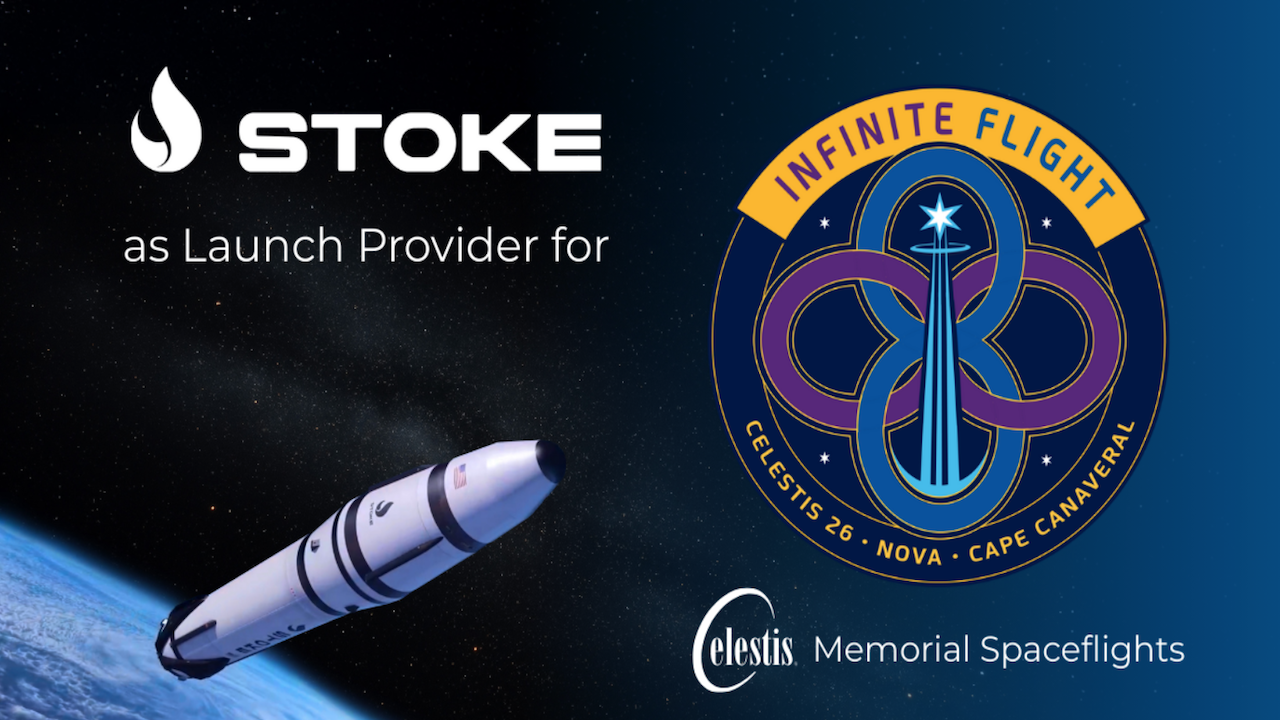3D-Printed Hubble Telescope Photos Help Blind Touch the Universe (Video)

WASHINGTON — The Hubble Space Telescope's gorgeous photos of the universe have acquired another dimension to help the blind experience the cosmos.
Astronomers with the Space Telescope Science Institute in Baltimore are using a 3D printer to turn Hubble images into textured pictures, opening up the wonders of the universe to people who are visually impaired. Hubble scientists released a video detailing the 3D-printed universe project after unveiling effort at the annual American Astronomical Society meeting here on Tuesday (Jan. 7).
"These 3D images make me feel great, because images of space objects were inaccessible and now all of a sudden they are accessible," Nijat Worley of Baltimore said late last year, at the National Federation of the Blind's state convention in Ocean City, Md. [See photos taken by the Hubble Space Telescope]
"Sure, we cannot see the image, so we don't know exactly what it looks like," added Worley, who is one of about 100 visually impaired people who have helped test the prototype images thus far. "It can never replace pictures, but with this 3D image you can get an idea of what it's supposed to look like and then use your imagination for the rest."
The first image the researchers printed was the star cluster NGC 602 in the Small Magellanic Cloud, a neighboring galaxy to the Milky Way.
"It's very easy to take any tool or object that you can actually measure and produce a 3D printout," Antonella Nota, one of the astronomers working on the project, said in a statement. "But it's very hard to think of an astronomical object about which you know very little."
"You can measure the sizes and brightnesses of space objects from the images, as well as some of the distances. But it's really hard to understand their 3D structure," Nota added. "The work is scientific, but it's also guesswork and artistry to try to produce an object, which printed, will look like the image that Hubble has taken. So, we are basically designing the process from scratch."
Breaking space news, the latest updates on rocket launches, skywatching events and more!
The scientists model stars, dust and gas in plastic using different textures with raised lines and bumps all printed out by a 3D printer. Taller features signify the brightest parts of the image. For example, a group of stars in the core of a cluster is represented by a group of circles, Hubble Space Telescope officials said.
"Imagine making a visualization that you visually fly through, and as you fly through, first you encounter filaments, and then you see some dust and also some stars," Carol Christian, another astronomer associated with the project, said in a statement. "As you fly to the back side of the cavity, you see other features. I want to represent that in 3D and have people feel it with their fingers because they can’t see it."
"They would be able to spatially understand where important features are relative to everything else and what the structure is," added Christian, who discussed the Hubble 3D printing project here Tuesday (Jan. 7) at the 223rd meeting of the American Astronomical Society. "We may have to do it in layers, or we may have to do it in some other way. At this point, we’re jumping off the platform and seeing what happens."
Ultimately, Christian and Nota hope to create 3D files of every Hubble image, making all of them available to schools, libraries and members of the general public who have 3D printers.
"Our ultimate goal of having the 3D image files available to everybody is for the long-term future," Nota said. "But you have to think big when you're doing something like this. Maybe sometime in the future you will be able to press a button and out comes the object Hubble has imaged, and you will be able to hold it in your hands."
Follow Miriam Kramer @mirikramer and Google+. Follow us @Spacedotcom, Facebookand Google+. Original article on SPACE.com.

Miriam Kramer joined Space.com as a Staff Writer in December 2012. Since then, she has floated in weightlessness on a zero-gravity flight, felt the pull of 4-Gs in a trainer aircraft and watched rockets soar into space from Florida and Virginia. She also served as Space.com's lead space entertainment reporter, and enjoys all aspects of space news, astronomy and commercial spaceflight. Miriam has also presented space stories during live interviews with Fox News and other TV and radio outlets. She originally hails from Knoxville, Tennessee where she and her family would take trips to dark spots on the outskirts of town to watch meteor showers every year. She loves to travel and one day hopes to see the northern lights in person. Miriam is currently a space reporter with Axios, writing the Axios Space newsletter. You can follow Miriam on Twitter.

